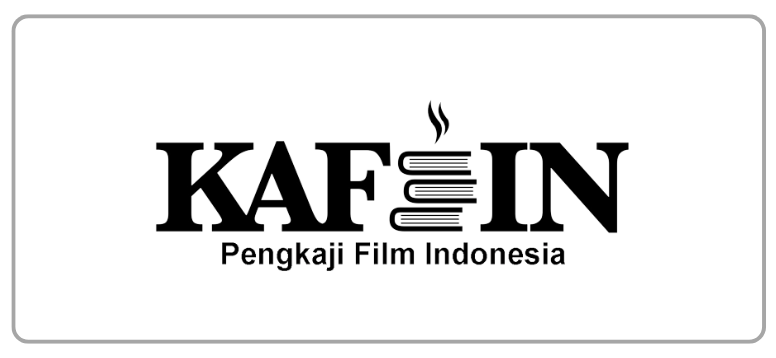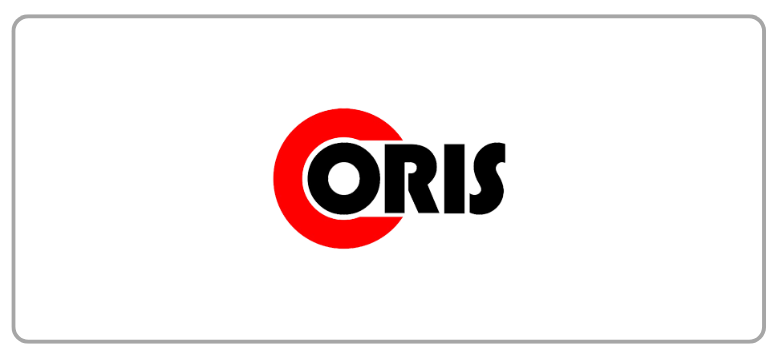The Transformation of Beskap Design Elements in the Works of Indonesian Fashion Designers
DOI:
https://doi.org/10.21512/humaniora.v16i1.12592Keywords:
beskap, design transformation, fashion design elements, Indonesian fashion designAbstract
The research investigates how Indonesian fashion designers incorporate elements from the beskap, a traditional Javanese shirt, into their collections. The beskap holds significant cultural importance in Indonesia and was created as a symbol of status, blending Javanese and European design features. In recent years, a growing interest in Indonesian traditional fashion has led designers to draw inspiration from the beskap for their contemporary designs. To explore this trend, the research analyzes 58 garments from three Indonesian fashion brands: KRATON, Wilsen Willim, and House of Radinindra. The research uses a design-based research method that includes image analysis, literature review, and field research conducted at the Karaton Kasunanan Surakarta Hadiningrat and Pura Mangkunegaran. The analysis focuses on several design features, including silhouette, collar, closure, garment length, sleeve length, back design, and materials. The findings reveal that key features retained in contemporary adaptations include tailored silhouettes (64%), high collars (81%), button closures (90%), elongated sleeves (83%), and distinct back openings (76%). The research concludes that these structural elements are essential for preserving cultural identity in modern fashion, serving as a reference for designers who wish to globalize traditional Indonesian clothing.
References
Agista, T. P. C., Faruk, & Handajani, S. (2019). Social movement and kebaya design trends in the borderless world. Proceedings of the 1st Annual International Conference on Social Sciences and Humanities (AICOSH 2019). Atlantis Press. https://doi.org/10.2991/aicosh-19.2019.19
Audita, H., Figueiredo, B., & Gurrieri, L. (2023). The fashion development process for traditional costumes in the contemporary global fashion market. Journal of Global Fashion Marketing, 14(1), 108-122. https://doi.org/10.1080/20932685.2022.2085595.
Chunli, G., Yahaya, S. R. B., Mingquan, L., & Ning, Z. (2024). Application of Kansei engineering and Analytic Hierarchy Process in evaluating design elements of traditional Nyonya Kebaya. Environment - Behaviour Proceedings Journal, 1-8.
Hong, Y. J. (2023). Analysis of digital fashion design elements focusing on overseas digital fashion brands. Journal of Fashion Business, 27(1), 77-109. https://doi.org/10.12940/JFB.2023.27.1.77
Kamilah, A., & Abdullah, A. F. A. (2023). Gaya Busana Bangsawan Mangkunegaran dalam Balutan Budaya Indis Eropa 1914-1944. Jejak Pustaka.
KBBI. (2016). Beskap. In Kamus Besar Bahasa Indonesia. Badan Pengembangan dan Pembinaan Bahasa Kementerian Pendidikan dan Kebudayaan Republik Indonesia. https://kbbi.kemdikbud.go.id/
Langi, K. C., Sabana, S., Ahmad, H. A., & Widiawati, D. (2020). Killer’s fashion: Transforming the potential of Nias saber’s amulets into Indonesian fashion accessories. Humaniora, 11(2), 121-128. https://doi.org/10.21512/humaniora.v11i2.6416
Min, S. (2015). Korean fashion designers’ use of cultural expression and its influence on their design. Fashion Practice, 7(2), 219-239. https://doi.org/10.1080/17569370.2015.1045352
Murti, A. W. (2021). Akulturasi Jawa-Eropa dalam legiun Mangkunegaran di Surakarta (1900-1942). Avatara: Jurnal Pendidikan Sejarah, 11(2).
Nafisa Aninda & Yan Yan Sunarya. (2023). Siklus tren fashion di media sosial (studi kasus tren berkain di instagram remaja nusantara). Jurnal Seni dan Reka Rancang: Jurnal Ilmiah Magister Desain, 6(1), 1-20. https://doi.org/10.25105/jsrr.v6i1.16961
Pradipta, M. P. Y. (2022). Analisis prosesi tradisi Kirab Pusaka Satu Sura Istana Mangkunegaran Surakarta. Jurnal Jempper, 1(1), 48-552809–555901.
Prianti, D. D. (2018). Towards the Westernized body: A popular narrative reinforced by men’s lifestyle magazines in Indonesia. Inter-Asia Cultural Studies, 19(1), 103-116. https://doi.org/10.1080/14649373.2018.1422351
Ramadhani, D., Hikmayanti, S. N., & Sitinjak, I. (2023). The existence of nation’s culture in the era of globalization. International Journal of Students Education, 1(1), 81-84.
Soedibyo, M. B. R. A. (2003). Busana Keraton Surakarta Hadiningrat (S. Wibisono, S. Soekarman, & W. U. Wasito, Eds.). Jakarta Grasindo.
Song, C., Zhao, H., Men, A., & Liang, X. (2023). Design expression of “Chinese-style” costumes in the context of globalization. Fibres & Textiles in Eastern Europe, 31(2), 82-91. https://doi.org/10.2478/ftee-2023-0019
Sorger, R., & Seivewright, S. (2021). Research and Design for Fashion (4th Ed.). Bloomsbury Publishing Plc.
Susanto, S., Dadtun, Y. S., Sutirta, T. W., & Supariadi, S. (2024). Potret simbol ekologi kota Mangkunegaran 1870-1939. MOZAIK Jurnal Ilmu-Ilmu Sosial dan Humaniora, 14(2), 136-153. https://doi.org/10.21831/mozaik.v14i2.63687
Triantoro, T. D. S. A., Budiana, D., & Aritonang, A. I. (2024). Fashion as communication: Costume Dasiyah at film series Gadis Kretek. Journal of Content and Engagement, 2(1), 41-53. https://doi.org/10.9744/joce.2.1.41-53
Wardhana, A. P. S., & Pradita, D. (2022). Representasi Babad Pasanggrahan Madusita mengenai modernitas dan hedonisme pada awal abad XX. Handep: Jurnal Sejarah dan Budaya, 6(1), 41-60. https://doi.org/10.33652/handep.v6i1.291
Yen, H.-Y., & Hsu, C.-I. (2017). College student perceptions about the incorporation of cultural elements in fashion design. Fashion and Textiles, 4(1), 20. https://doi.org/10.1186/s40691-017-0105-1
Yulisaksono, D., Ikaputra, & Adishakti, L. T. (2023). Transformation of Kuthagara: Continuity and change in Yogyakarta heritage city. International Journal of Research and Scientific Innovation, X(I), 156-171.
Zhang, J., Wang, J., Xing, L., & Liang, H. (2020). Automatic measurement of traditional Chinese costume from its silhouette through fuzzy C-Means clustering method. Journal of Engineered Fibers and Fabrics, 15, 1558925020978323. https://doi.org/10.1177/1558925020978323e
Downloads
Published
How to Cite
Issue
Section
License
Copyright (c) 2025 Kezia Clarissa Langi, Grace Carolline, Amanda Marisa

This work is licensed under a Creative Commons Attribution-ShareAlike 4.0 International License.
Authors who publish with this journal agree to the following terms:
a. Authors retain copyright and grant the journal right of first publication with the work simultaneously licensed under a Creative Commons Attribution License - Share Alike that allows others to share the work with an acknowledgment of the work's authorship and initial publication in this journal.
b. Authors are able to enter into separate, additional contractual arrangements for the non-exclusive distribution of the journal's published version of the work (e.g., post it to an institutional repository or publish it in a book), with an acknowledgment of its initial publication in this journal.
c. Authors are permitted and encouraged to post their work online (e.g., in institutional repositories or on their website) prior to and during the submission process, as it can lead to productive exchanges, as well as earlier and greater citation of published work.
USER RIGHTS
All articles published Open Access will be immediately and permanently free for everyone to read and download. We are continuously working with our author communities to select the best choice of license options, currently being defined for this journal as follows: Creative Commons Attribution-Share Alike (CC BY-SA)




















